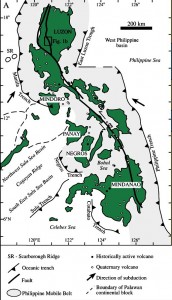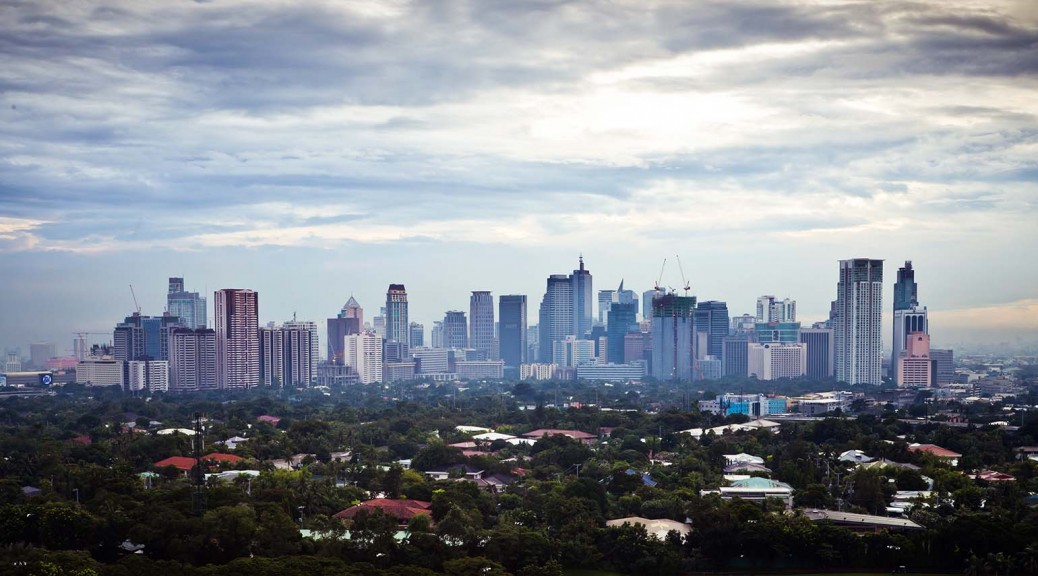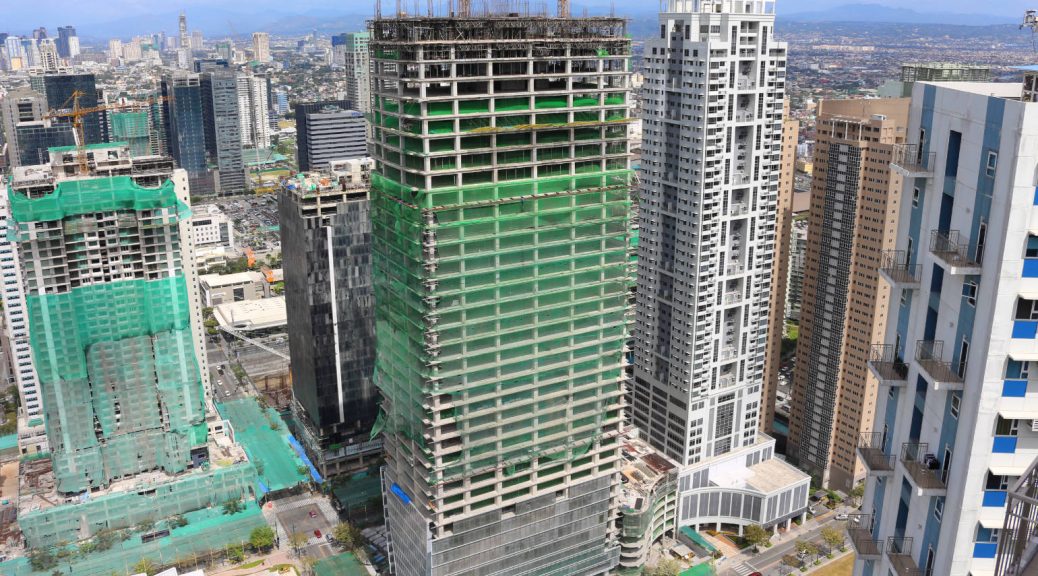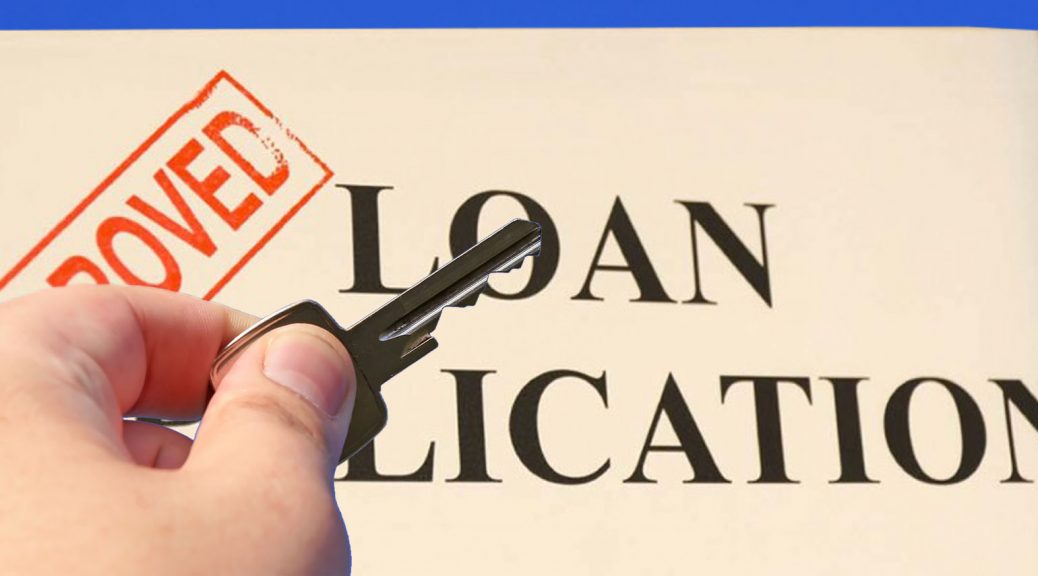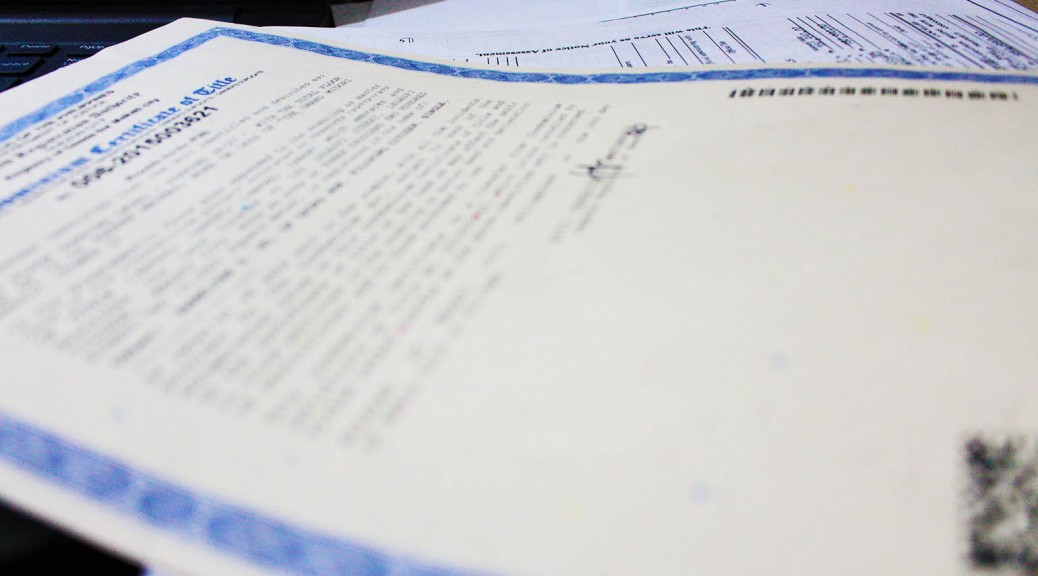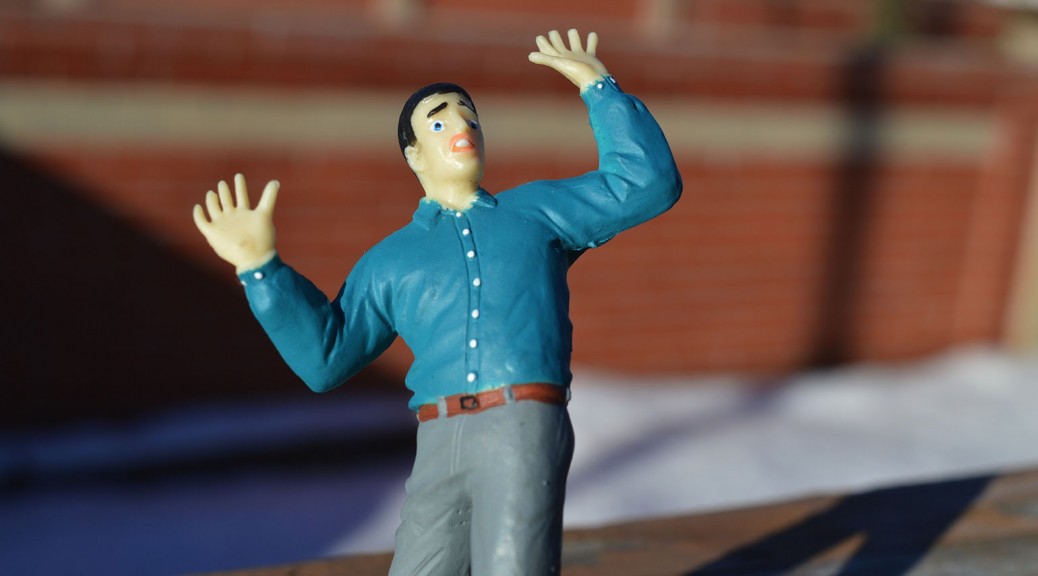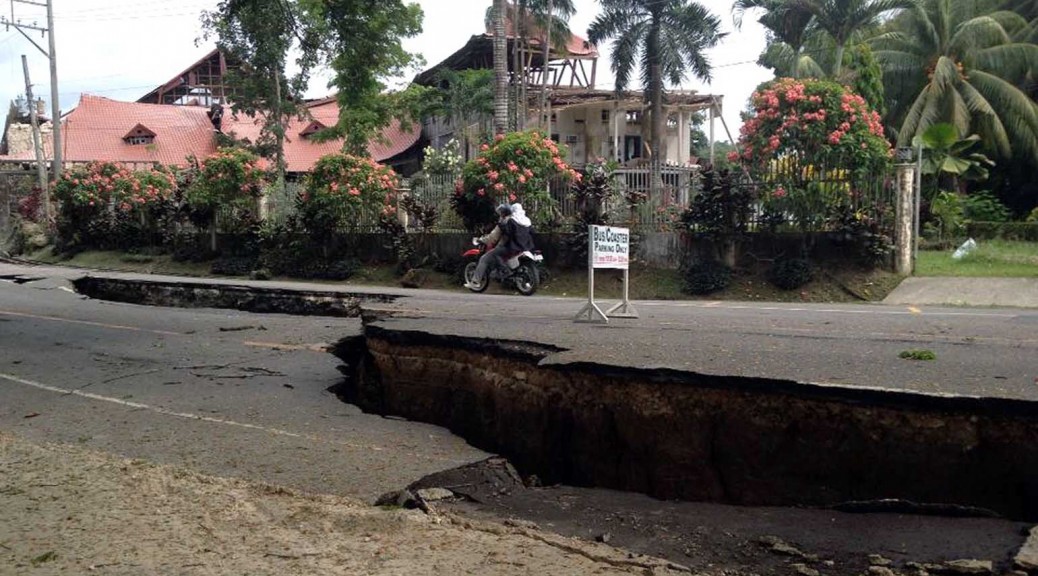
How Safe Are You and Your Property From Earthquake Fault Lines?
The Philippines is unfortunately, geographically situated within the Pacific Ring of fire. See the image below. The Pacific Ring of Fire, among its many names, is an area where a large number of earthquakes and volcanic activities happen.
These quakes and volcanic eruptions / activities occur in the Pacific region. Hence the name “Pacific Ring of Fire”. And because of that, we have fault lines across the country.
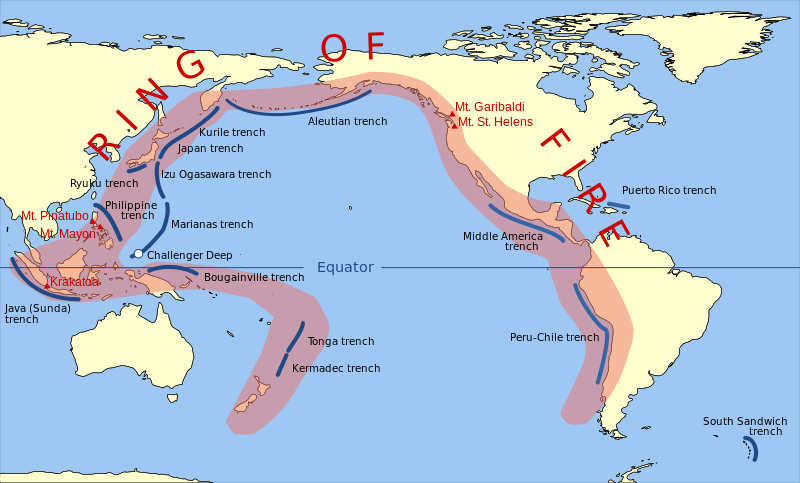
Pacific Ring of Fire
(Click image to enlarge)
A fault, in geography, is a discontinuity in a volume of rock, across which there has been significant displacement along the fractures as a result of earth movement. The Philippine fault system runs from north to south and east to west of the archipelago.
Knowing about it, the most important question to answer is whether or not you and your property are safe from earthquakes. Whether or not you’re safe from volcanic eruptions is of course, much easier to determine.
But what about earthquakes? Are you aware of where fault lines in the Philippines run?
Because of the wide coverage of the Philippine fault system, I cannot cover all of it here. So this article will focus in Metro Manila area only. In Metro Manila, the biggest fault line system is the Marikina Valley Fault System aka the Valley Fault System.
The Marikina Valley Fault System
Valley fault system is divided in to 2 segments: west and east segments. Affected cities and municipalities are San Mateo, Rizal to Taguig City on the south and continues to Makati, Marikina, Paranaque, Pasig and Muntinlupa.
The areas mentioned are densely populated with some infrastructures and commercial centers.
According to PHIVOLCS, this fault line is already overdue for its “movement”. If this movement will happen, it is estimated that the quake can reach magnitude 7.2 with causalities predicted to be as high as 35,000 and some 120,000 more injured and more than 3 million people will need to be evacuated.
Quezon City, Pasay and Manila are some areas which are considered safe from earthquake by many because there are no fault lines discovered in these areas yet.
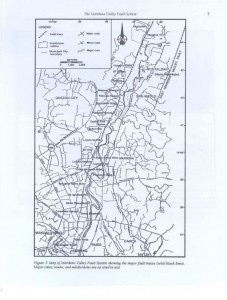
Marikina Valley Fault System
(Click image to enlarge)
Source: Phivolcs MVFS, 1997
Unfortunately, there is nothing we can really do to prevent this event to happen. There are some great ideas you can find on the internet on what to do before, during and after an earthquake.
However, I believe prevention is better than cure, so here’s a list of things you can do to minimize your chances of getting adversely affected with this catastrophic event before it strikes:
- If you are planning to buy a property (whether for investment or end-use), the location of the property should be on top of your considerations. Safety first before profit. However if you must buy a property within the fault line system, consider the building structure. Is it design to withstand earthquakes? Up to what intensity? Is it near buildings and high-rise establishments?
- If you are still applying for work, consider the areas which are not located along the fault lines. But if you have to work or is working already in these areas, then evaluate the safety of the building. Is it designed to withstand earthquakes? Up to what intensity? And be familiar with the emergency procedure. This may sound so basic but it can also be pretty tough.
- If you are already living in a fault zone, avoid placing breakable items in high-open shelves. Make sure your cabinets and shelves with latches are always properly locked.
- Keep updated with the current events and local news.
- If volcanic activities are detected within your area or region, secure your place by placing large, heavy objects and other breakables on lower surfaces or on the floor if possible; prepare an emergency kit including food and water and implement a communication plan with your family.
- Always ensure all communication devices are functional – landline, internet, mobile phones.
- The “drop, cover, and hold on” drill may already be obsolete and considered unsafe now. The more advisable thing to do instead, is to drop next to a large-surfaced object or furniture (e.g. bed, table) and curl up (assume fetal position) by Doug Copp’s Triangle of Life.
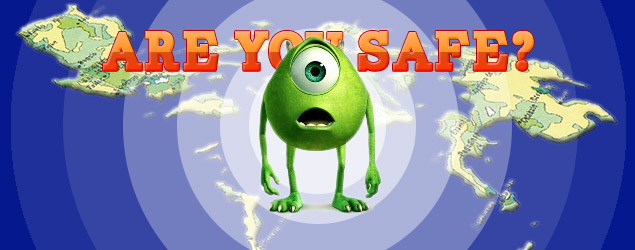
Keep In Mind
You can be at work, school, home or just walking on the street when an earthquake strikes. You can be anywhere and most likely it will catch you off guard.
Unlike typhoons or floods wherein you have time to prepare, evacuate or get rescued, the fatality of an earthquake and its subsequent event(s) (tsunami, volcanic eruption) is high and sudden.
Nobody asks for bad things like this to come, but they do. And when they do, those who are well-informed and prepared are the ones who have better chances of surviving. Help us spread this info, we wouldn’t know whose lives we save.
-
Jaguar
-
marifi pascasio
-
-
Bryan Comboy

